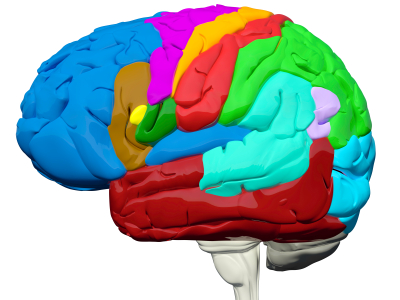I’m currently a junior in college, which means the 2014-15 Free Application for Federal Student Aid (FAFSASM) will be the last time I complete the FAFSA. However, my sister is going to be starting college in the fall and will be filling out the FAFSA for the first time. Luckily for her, she’ll have me to help her along the way.
Looking back to the first time I completed the FAFSA, I remember some misconceptions that I had about filling it out —and some of my friends had the same ones. Turns out these myths weren’t true. The FAFSA really is an easy-to-complete, online application that will help you plan for and finance your education.
I wanted to share some of these common myths about the FAFSA and applying for financial aid with you. You can also check out Federal Student Aid’s video that addresses these common myths!
- I won’t qualify for financial aid because my parents (or I) make too much money.
Actually, there isn’t an income cutoff to qualify for financial aid. Your eligibility for financial aid is based on a number of factors and not just your or your parents’ income. Plus, many states and schools use your FAFSA data to determine your eligibility for their aid. Fill out the application and find out what you can get! - I don’t have good grades, so I won’t be eligible for financial aid.
Completing the FAFSA isn’t the same as applying to college. Most federal student aid programs don’t take your grades into consideration when you apply. Just remember, once you’re in college, you do need to maintain satisfactory academic progress in order to continue receiving federal aid. - I’m too old to qualify for financial aid.
Federal student aid programs don’t take your age into consideration. - The application is too hard to fill out!
Since it’s available online, the FAFSA is easier than ever to complete. The form uses “skip logic,” so you are only asked the questions that are relevant to you. If you’ve filed your taxes, then you can transfer your tax return data into your FAFSA automatically. And as you go through the application, there will be guided assistance in the margins to help you answer each question. Plus, the FAFSA website has a Help page that addresses most frequently asked questions. - I have to wait until I (my parents) file taxes.
Since some colleges have FAFSA deadlines that are before the tax filing deadline, it’s important to complete the FAFSA early. You can use estimates on your FAFSA by basing them off of last year’s taxes. After you file your taxes, you can log back into the FAFSA and input your updated tax information. - I support myself, so I don’t have to include parent info.
This is not necessarily true. Even if you support yourself and file taxes on your own, you may still be considered a dependent student for federal student aid purposes. You can determine your dependency status by answering these questions. If you are independent, you don’t need to include your parents’ information on your FAFSA. If you are dependent, you need to provide your parents’ information. - I completed the FAFSA my freshman year, so I don’t have to complete it again.
As I said, this will be my fourth time completing the FAFSA. You should complete the FAFSA each year you plan to attend college or career school.
What are you waiting for? Start your application now at www.fafsa.gov!
Mark Valdez is a student at Brown University and an intern with the Department of Education’s office of Federal Student Aid.



 Though just 19 percent of California’s elementary schools are using blended learning, another 20 percent are planning implementation.
Though just 19 percent of California’s elementary schools are using blended learning, another 20 percent are planning implementation.










